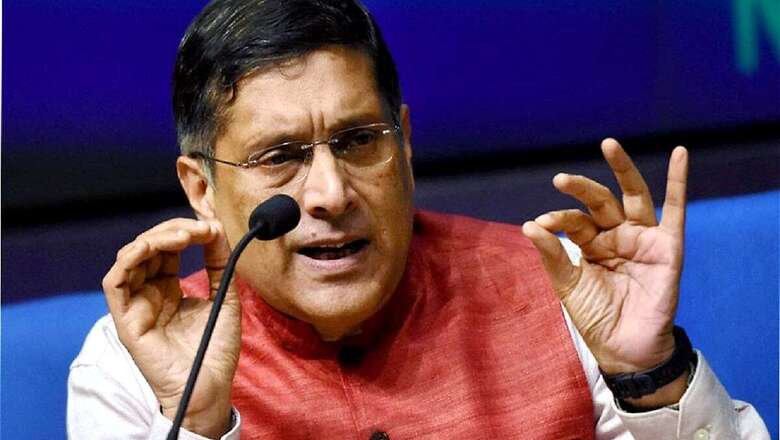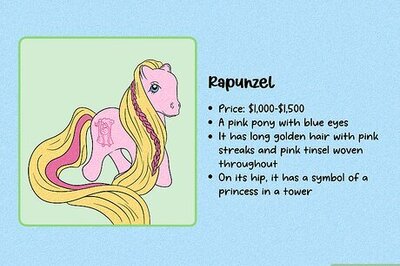
views
India should resist the misleading allure of the domestic market and should zealously boost exports, according to a research paper co-authored by former chief economic advisor Arvind Subramanian. The paper, jointly authored by Subramanian and Pennsylvania State University professor Shoumitro Chatterjee, said India is turning inward, domestic demand is assuming primacy over export orientation and trade restrictions are increasing, reversing a three-decade trend.
"Resisting the misleading allure of the domestic market, India should zealously boost export performance and deploy all means to achieve that," said the paper, titled 'India's Inward (Re)Turn: Is it Warranted? Will it Work?'. It added that abandoning export orientation will amount to killing the goose that lays golden eggs and indeed to killing the only goose laying eggs. "Alas, to embrace aatmanirbharta (self-reliance) is to choose to condemn the Indian economy to mediocrity." Further, it said the consensus to favour an inward orientation was emerging even before COVID-19 had struck India, reflected in increasing calls to 'atmanirbharta'.
This shift is based on three misconceptions India's domestic market size is big; India's growth has been based on domestic markets not exports; and export prospects are dim because the world is deglobalising, it noted. The paper also said India still enjoys large export opportunities, especially in labour-intensive sectors such as clothing and footwear, but exploiting these opportunities requires more openness and more global integration.
"Indeed, given constraints on public, corporate and household balance sheets, abandoning export orientation is akin to killing the only goose that can lay eggs," it said. The paper added that India's real market size, defined as consumers with a modicum of purchasing power, is not big.
"It is much smaller than the headline GDP number, much smaller than China's, and only a small fraction of the world market. The reason is that India has many poor consumers while the rich tend to be large savers, limiting their consumption," it added. Similarly, the prognosis that export prospects are dim because the world is deglobalising is overly pessimistic, the paper pointed out.
To begin with, it is unclear whether the world is really deglobalising, at least in services. Even if it is, India's export share is so small, even smaller than Vietnam in manufacturing exports, that its exports could grow rapidly by gaining market share, according to the paper. In particular, the paper said India has major unexploited opportunities in low-skill manufacturing and services, which it could exploit in the post-COVID-19 environment where firms are looking to exit China and diversify their sources of supply.
"Meanwhile, protectionism is unlikely to succeed as an export strategy because exploiting the big opportunities in the key labour-intensive sectors requires more openness and more global integration, as the experience of China and Vietnam have shown," it said. In another jointly authored paper titled 'India's Export-Led Growth: Exemplar and Exception, Subramanian and Chatterjee said that contrary to perception, India has been an exemplar of the export-led growth model. "Since early 1990s, India has posted the world's third-highest growth rate in overall and manufacturing exports, which has been critical to India's overall growth performance," the paper said.
The paper pointed out that India's overall export and growth performance in the past three decades have been East Asian Tigeresque, but with a difference. "Despite being a low-skill labour-abundant country, India's exports of high-skill manufacturing goods and services grew more rapidly than low-skill manufacturing exports such as apparel, textiles, leather, and footwear. Most models of international trade would have predicted the opposite," it said.
Read all the Latest News and Breaking News here

















Comments
0 comment